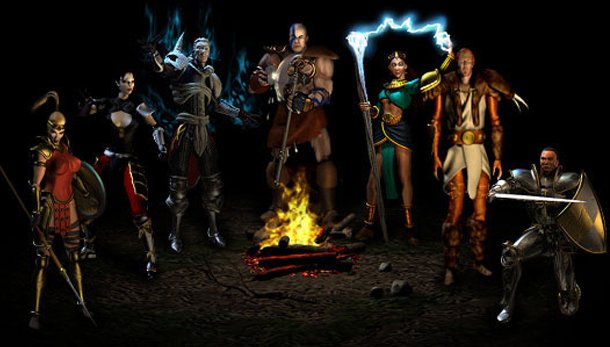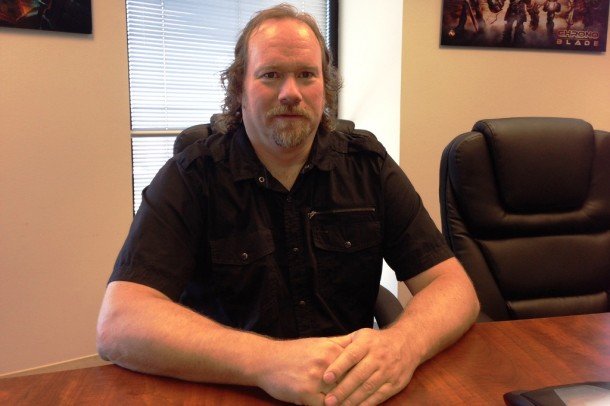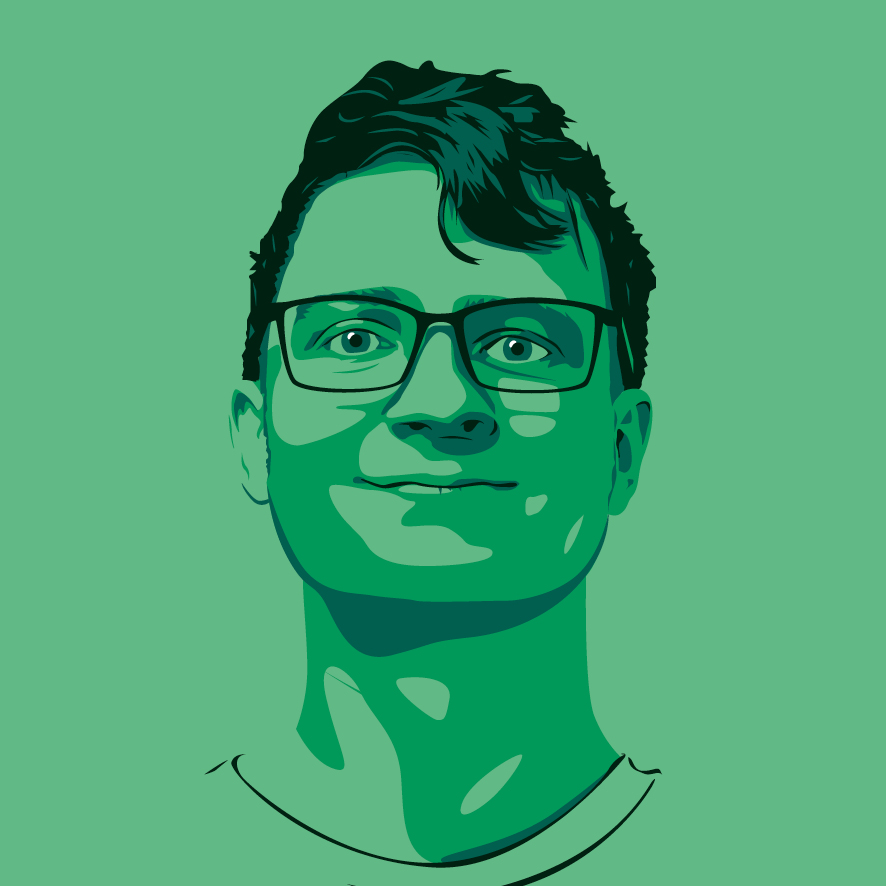Interview: Diablo and Diablo II's lead designer on Diablo III

Stieg Hedlund's list of credits are varied. He's had a hand in Rainbow Six, Ghost Recon, an Oddworld sequel, the original StarCraft and beloved cult games like Comix Zone. Prominently, Hedlund was lead designer on Diablo and Diablo II, so when I had the opportunity to speak with him recently I had to ask what he thought about Diablo III.
Lately Hedlund is working with Grand Theft Auto creator Dave Jones on ChronoBlade , an action-RPG available on Facebook. Look for more interview excerpts from Hedlund and Jones in the coming days.
"It's a tough thing to follow up on, the success of Diablo and Diablo II, and not encroach on the territory of World of Warcraft."
PCG: What did you think of Diablo III?
Stieg Hedlund: It's hard to separate personal feelings about something like that from how the game was perceived. I think the audience really didn't react to it very well. A lot of the changes were things that they perceived as negative. Personally, I was just so deeply involved in the creation of the world and how everything worked in it… The direction a lot of things went was not something that I felt was where I would have gone. But I don't want to Monday-morning quarterback them. It's a tough thing to follow up on, the success of Diablo and Diablo II, and not encroach on the territory of World of Warcraft.
The auction house was a huge point of contention, to the extent that eventually [former Game Director] Jay Wilson said, “ I think we would turn it off if we could .” They saw it as a liability or something. Did you have similar feelings about the auction house?
Hedlund: I think it had detrimental effects on gameplay throughout. They did want to reserve a certain tier of loot for the auction house, and therefore it wasn't dropping in the game with the kind of frequency that people were looking for it. But at the same time, I get… I don't think it's a matter of being greedy. Game developers, we work hard, and we want to be rewarded for what we do. The fact that Diablo II was still on shelves and still being played, in Korea particularly, 10 years after the fact of its release was something that I think Blizzard was kind of like… “Hey, we got the price of the box and not much else out of that.” That doesn't respect the amount of gameplay that people were clearly getting from it. So I can definitely see that point of view, where they say, “Hey, we should be rewarded for what we're giving the audience,” and then think about ways to do that. That's the world that we live in, too, particularly in free-to-play games. You have to think about how you… We're still a business. We need to make money. But we need to do it in a way that feels natural and doesn't feel bolted on and forced on the player, but that actually makes sense to them. The value proposition has to be there.

And Blizzard was solving an issue that existed in Diablo II. People were going to sell items. So why not bring it in-house?
The biggest gaming news, reviews and hardware deals
Keep up to date with the most important stories and the best deals, as picked by the PC Gamer team.
Hedlund: It definitely makes sense on that level. They're providing something to players and trying to get value for the company as well. It's just that the actual way that it was done is what didn't quite come together.
Is there something you would have done differently in creating Diablo III if you were involved in that project?
Hedlund: I think one of the things that I looked at was really… The low-level stuff. The dungeons didn't feel random enough to me. They felt a little bit been-there-done-that very quickly. I think the way that people played in multiplayer games, they were pretty much just running for the exits and trying to figure out the quickest way to get there, rather than engaging with the minute-to-minute exploration of the world.
What's something that Diablo taught you about game design?
Hedlund: The big difference between Diablo and Diablo II was character customization. That's something that I've embraced for ChronoBlade . It totally fits with our vision for how the two halves—the minute to minute and the RPG—fit together. There's very strong skill trees that allow you to customize the play of each of the characters to how you want to engage with it. We have passive skills, what we call traits, and active skills, what we call abilities. You can decide, “Hey, I just want to play a powered-up version of a fighting game. I don't want to use abilities. I want to use traits. I'll just do as much damage as I can with the core gameplay.” Or you can say, “Hey, I want to do all these abilities and cool things.” Or a hybrid of those two. There are different themes, as well, within each of those things. Obviously there's the overlay of equipment that helps you continue to customize those character builds.
Check PC Gamer for more excerpts from our interview with Grand Theft Auto creator Dave Jones and Diablo/Diablo II lead designer Stieg Hedlund in the coming days.

Evan's a hardcore FPS enthusiast who joined PC Gamer in 2008. After an era spent publishing reviews, news, and cover features, he now oversees editorial operations for PC Gamer worldwide, including setting policy, training, and editing stories written by the wider team. His most-played FPSes are CS:GO, Team Fortress 2, Team Fortress Classic, Rainbow Six Siege, and Arma 2. His first multiplayer FPS was Quake 2, played on serial LAN in his uncle's basement, the ideal conditions for instilling a lifelong fondness for fragging. Evan also leads production of the PC Gaming Show, the annual E3 showcase event dedicated to PC gaming.

